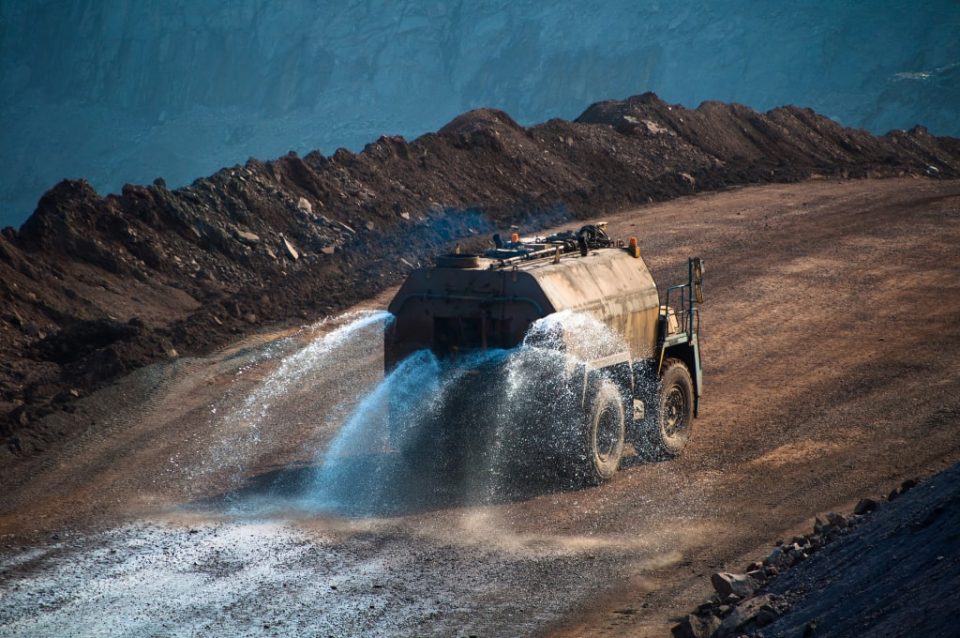Dust suppression is crucial to managing industrial operations, construction sites, and mining activities. While implementing BossTek dust control measures is crucial, achieving consistent and effective dust suppression often comes with challenges. From environmental factors to equipment malfunctions, several issues can compromise the effectiveness of your dust management strategies. Therefore, understanding these problems and their solutions is key to maintaining a safe and compliant work environment.
Insufficient coverage of dust suppressants
One of the most common issues with dust suppression systems is inadequate coverage. This can occur when chemical or water suppressants are not evenly distributed across the site, leaving some areas untreated. As a result, dust can still become airborne, thus undermining the effectiveness of the suppression efforts. To address this, ensure that your dust suppression equipment, such as misting systems or spray nozzles, is properly calibrated. Additionally, conduct routine checks to confirm that all areas are adequately covered, and adjust the equipment placement or flow rates as needed.
Overuse of water
While water is a widely used dust suppressant, overusing it can lead to problems such as soil erosion, muddy conditions, and increased water waste. These issues not only affect site operations but can also harm the environment. To address this, be sure to balance the application of water to achieve effective dust control without oversaturation. In addition, using advanced technologies like misting systems can optimize water usage by delivering fine droplets directly to dust sources. Also, monitoring soil moisture levels can help you determine the suitable frequency and volume of water application.
Ineffectiveness in windy conditions
Wind can significantly reduce the efficiency of dust suppression efforts by dispersing dust particles faster than they can be controlled. This is particularly challenging in open areas such as construction sites or mining operations. To address this, physical barriers like windbreaks or fences should be implemented to reduce wind speeds across the site. Combining these barriers with water or chemical suppressants creates a more robust dust control strategy. Adjusting the timing of suppression activities to align with calmer weather conditions can also improve the effectiveness.
Limited effectiveness in high-traffic areas
In high-traffic areas like roads within construction or mining sites, dust is constantly being generated by vehicle movement. However, suppression methods that work in static or low-traffic areas may not be effective for these conditions. To address this, consider using dust control products designed specifically for roadways, such as soil stabilizers or synthetic binders. Additionally, regularly applying these solutions and reapplying them after heavy use can help maintain effectiveness. Furthermore, implementing speed limits and using designated routes can reduce the frequency and intensity of dust generation.
Environmental and regulatory challenges
Dust suppression efforts can sometimes conflict with environmental regulations or community concerns, especially when chemical suppressants are involved. For instance, runoff from chemical treatments can contaminate soil or water sources, leading to environmental damage and regulatory penalties. To avoid these issues, choose suppressants that are biodegradable and non-toxic. Additionally, conducting environmental impact assessments before implementing dust control measures helps ensure compliance with local regulations and minimizes adverse effects on surrounding ecosystems.
Effective dust suppression is crucial for maintaining safety, operational efficiency, and environmental compliance. However, common problems such as inadequate coverage, and overuse of water can hinder these efforts. Nonetheless, by identifying and addressing these challenges proactively, companies can optimize their dust control strategies and ensure long-term success.

